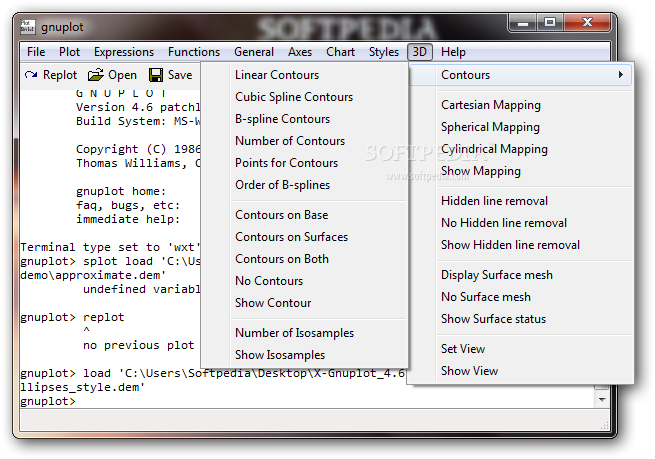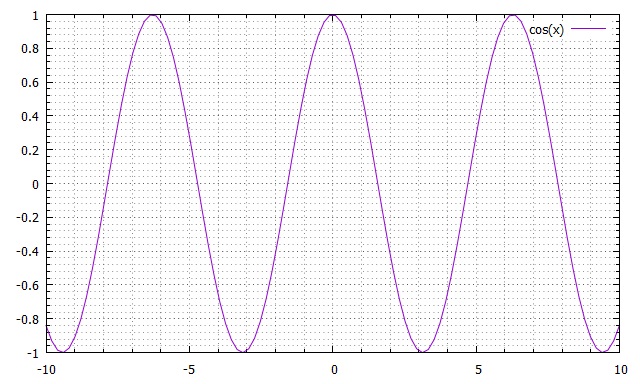


A BaseName is required for generating the temporaries files. Several files can be generated as temporary files. If no options is specified, global ones are used for data plots generation. User-friendly predicates to generate data plots are provided, as well as predicates to set the general options which govern the generation of such plots. This library uses gnuplot for printing graphs. '' u 1:2 w i lt 0 lw 0.Printing graphs using gnuplot as auxiliary tool Author(s): David Trallero Mena. Well, we have cleared the first barrier, but what if we wanted to place the numbers where the data points are? This is quite simple: we only have to plot the file twice more, this time with xticlabel and yticlabel.
#GNUPLOT GRID HOW TO#
If in doubt, look up the section on how to plot a martix with bars We have discussed this a couple of times. Of course, we have to call a dummy plot beforehand. Now, it might happen that you don't know the xrange and yrange, in which case you can use the variables GPVAL_X_MIN, GPVAL_X_MAX, GPVAL_Y_MIN, GPVAL_Y_MAX to specify the plot. Then the horizontal lines will be drawn between 0 and 40, while the vertical ones between 0 and 7. I should add here that we can draw a "full" grid based on the data values. This is necessary, because, when left alone, gnuplot assigns a new line type to each new plot. Again, we specify the line type, width, and colour, so that it conforms with the previous one. The second plot draws the vertical lines, plotting our data with impulses. We also specify the line type, 0, which will be dashed, the line width, and the line colour. The first plot calls our data file, and draws the errors that span from x=0 to x=x_data. This is what happens in the first plotting line, after we set up the figure. In this case, this something else is the error bar, in particular, the xerror bar. The horizontal ones are not that trivial, but take only one line of code: the idea is that we trick gnuplot into drawing the horizontal lines by something else.

'' u 1:2 w i lt 0 lw 0.5 lc rgb "#ff0000", \ĭrawing the vertical lines is easy, for there is a plotting style in gnuplot, impulse, which does just that.

The data file, helpergrid.dat, contains only a couple of lines,


 0 kommentar(er)
0 kommentar(er)
